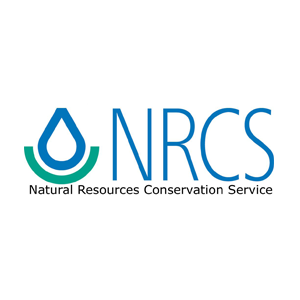A Showcase for Innovation in Ecological Enhancement
To witness the many, complementary approaches to restoration work that Tree for All uses across the 712-square-mile Tualatin River Watershed, you might invest a long day of driving, with occasional hikes over rough, wet terrain. A tour across the watershed, from Gaston to Cedar Mill, Forest Heights to Sherwood, would reveal the many thriving native plant communities; the varied approaches to invasive species control; increased beaver activity; proven strategies for drain tile decommissioning, bank stabilization and plant propagation; and different methods for securing large wood installations in floodplains.
Or you could simply visit Tualatin River Farm, where almost everything Tree for All does is on display in one relatively compact and accessible location just 10 minutes from the county seat.
The Site
First planting: 2014
Size: 62 acres
Stream length: 2,794 feet
Total to date: 204,183 plants
Plant communities: Riparian Forest, Forested Wetland, Upland Forest, Wet Prairie, Emergent Marsh, Scrub Shrub
The Challenge
At the turn of the millennium, this acreage included an irrigation pond, agricultural fields, a noble fir tree plantation, a residence, and a few acres of habitat planted with a diversity of trees and shrubs. The noble fir tree plantation, overgrown with virtually no understory, required thinning and planting. While the upper fields were ideal for farming, the lower floodplain area was agriculturally unproductive, infested with invasive weeds along the riparian corridor and offering overall poor quality habitat.
The Transformation
In the early 2000s, just as Tree for All was taking shape, the site’s owners began talking with several local and national agencies about their vision for the land as a community asset that would contribute to a healthy watershed. Over time, the property moved into public ownership, and partners developed a master plan to guide improvements.
Throughout the floodplain area, ecological enhancement efforts involved controlling the over-abundance of weeds, installing large wood assemblages, decommissioning agricultural drain tiles, and planting native woody and herbaceous vegetation. On other parts of the property, a native filter strip was installed adjacent to the agricultural fields. The noble fir plantation began undergoing conversion from a monoculture into a diverse upland forest to attract a greater variety of birds and wildlife species.
In the past five years, Tualatin River Farm has proven itself a valuable community asset. In addition to providing some of the million plus native plants installed each year by Tree for All partners, it functions as a working farm, a nursery, and a demonstration site for innovative restoration techniques. In the coming years, with the construction of an Operations Building, the Farm’s utility will continue to expand. The new facility will create efficiencies and opportunities by co-locating a wider range of administrative, design, permitting, marketing, and plant propagation and testing activities.







































